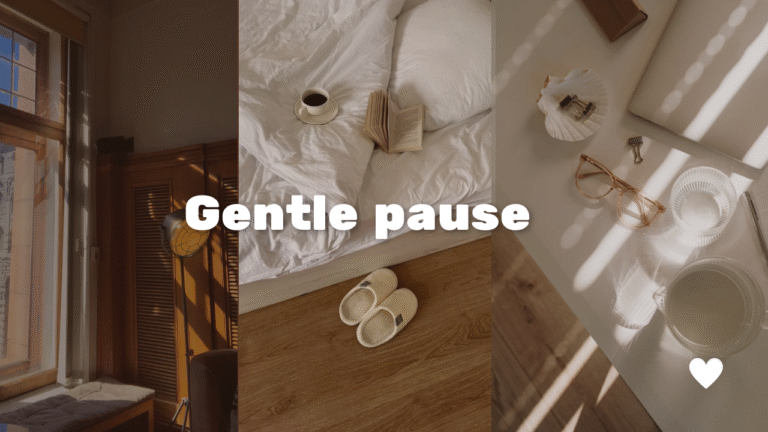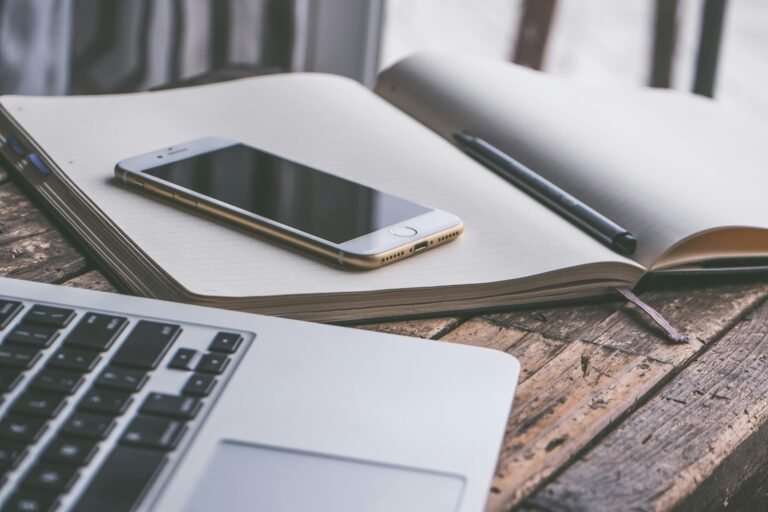When people think about financial peace, they often imagine making more money. But the truth is, even the highest salary can feel stressful if it’s not managed well. On the other hand, a simple, calm budget even with modest income can bring clarity, reduce anxiety, and improve overall well-being.
Money and mental health are deeply connected. Worrying about bills, living paycheck to paycheck, or overspending without control can lead to sleepless nights and constant stress. The good news is that you don’t need a big budget to feel secure. What you need is a calm one.
Why Budgets Affect
Mental Health
Stress comes from uncertainty. Not knowing where your money goes is often more stressful than not having “enough.”
-
Overspending causes guilt. Impulse buys may feel good in the moment, but they often lead to regret.
-
Debt fuels anxiety. Without a plan, even small debts can feel overwhelming.
-
Clarity creates calm. Knowing exactly what’s covered each month provides peace of mind.
A calm budget is not about perfection, it’s about giving your mind the reassurance that everything has a place.

What Makes a Budget “Calm”?
-
It’s Simple → You don’t need 15 categories. Essentials, savings, and mindful extras are enough.
-
It’s Flexible → Life changes. A calm budget adjusts without guilt.
-
It’s Aligned → Spending reflects what truly matters to you, not what ads push you to buy.
Practical Calm Budgeting Frameworks
1. The 50/30/20 Rule (Balanced Simplicity)
50% Needs: Rent, groceries, utilities, insurance.
30% Wants: Dining out, travel, entertainment.
20% Savings/Debt: Emergency fund, retirement, or paying off loans.
👉 Why it’s calm: Easy to remember and flexible.
2. The 70/20/10 Rule (Stability First)
70% Living Expenses: Everything essential.
20% Savings/Investments: Automated to remove stress.
10% Giving/Fun: Keeps life joyful and balanced.
👉 Why it’s calm: Builds security first while still allowing room for small joys.
-
3. Zero-Based Budgeting (Intentionality)
Every dollar has a “job.” Instead of loose categories, you assign income to specific purposes bills, food, savings, leisure.
• Income: $2,000
• Rent: $700
• Groceries: $300
• Transportation: $150
• Savings: $400
• Fun/Extras: $200
• Remaining $250 → assigned intentionally
(e.g., debt payment or travel fund).
👉 Why it’s calm: Eliminates the
“where did my money go?” feeling.
Calm
Budgeting Tools
You don’t need to track everything manually. Simple apps can keep budgets stress-free. These are some of the apps
• YNAB (You Need a Budget): Zero-based budgeting made easy.
• Mint or Monarch Money: Track income, bills, and spending in one place.
• Spendee or PocketGuard: Visual budgets with reminders to prevent overspending.

How Calm Budgeting Improves Mental Health
• Fewer money fights in relationships
• Better sleep (knowing bills are covered)
• Less guilt around spending
• A sense of control, not chaos
• Clear path toward goals (travel, debt-free life, or savings cushion)
-
Conclusion:
Calm Over Chaos
A big budget may sound good, but if it’s stressful or disorganized, it won’t bring peace. A calm budget, one that’s simple, flexible, and aligned with your values is worth far more to your mental health. By focusing less on how much you earn and more on how you manage it, you can create not just financial freedom, but emotional calm.
Because sometimes, peace of mind is the best investment you’ll ever make.










